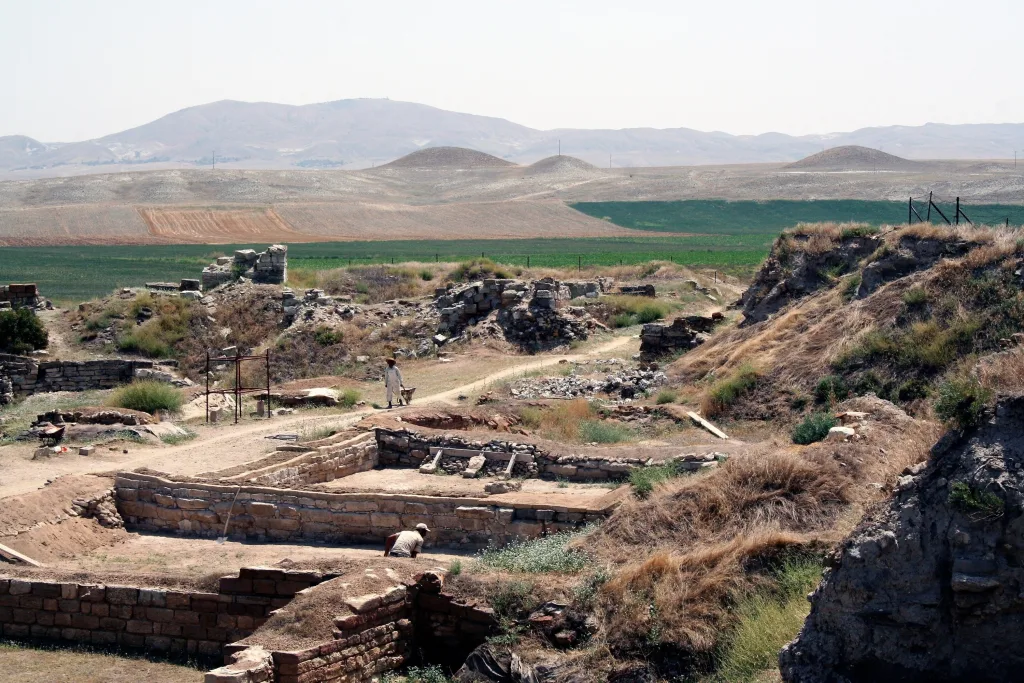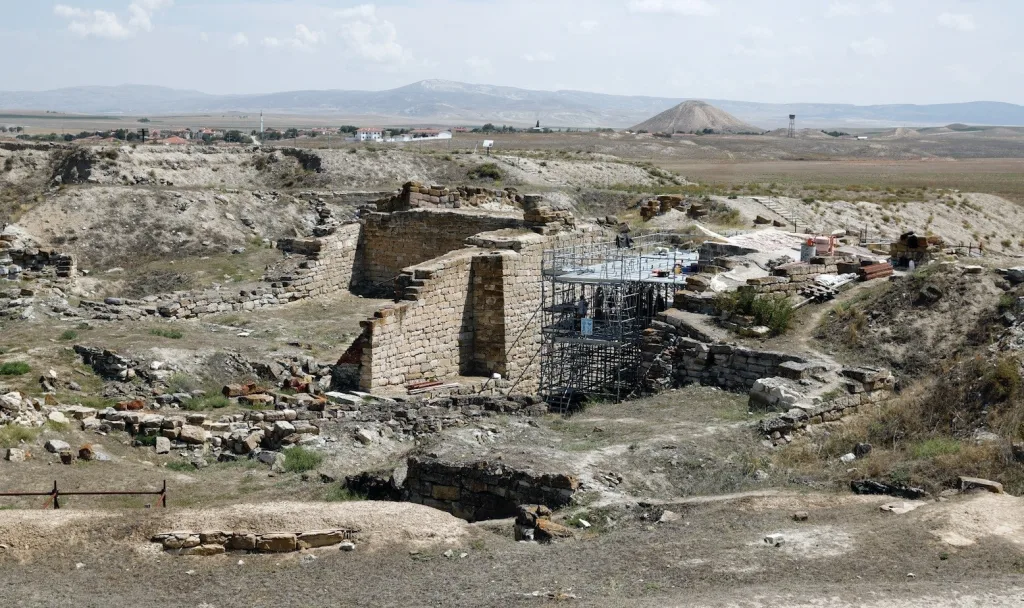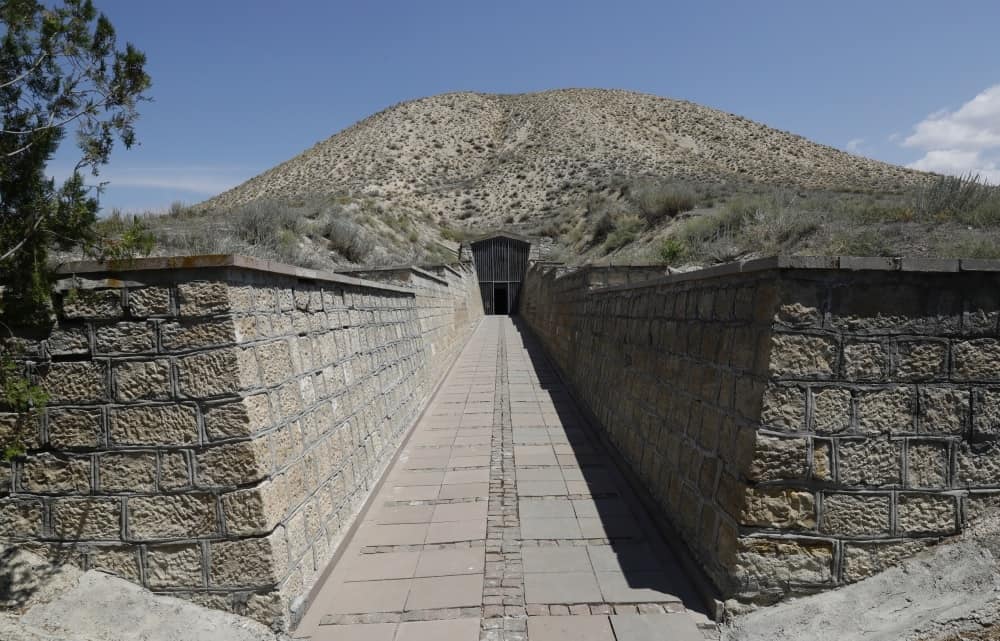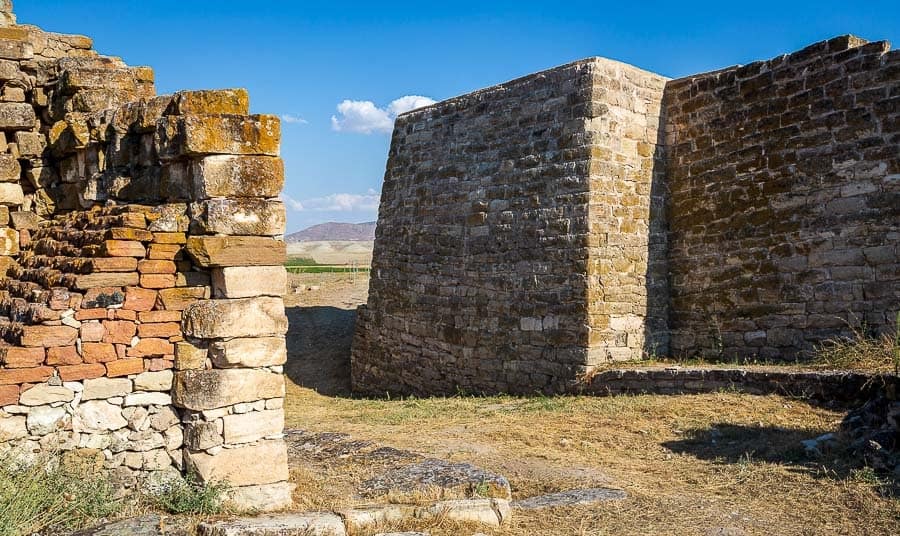The Phrygians and their Cultural Interactions with the Greek World
The ancient Phrygian Trail at Gordion, an archaeological site near the capital of Turkey, Ankara, was recently inscribed into UNESCO's World Heritage Site list, the country's 20th monument and/or landmark to be included.
Gordion was the capital city of the ancient Phrygia kingdom, dating back some 4,500 years ago.
The uninterrupted human habitation in and around the ancient city makes Gordion among the rare areas in the world with the longest history of continuous settlement, which carries evidence from the Early Bronze Age (2500BC).

The Phrygians did have close contact and cultural influence from the Greeks and inhabited an area in Anatolia (modern-day Turkey) that overlapped with Greek settlements, and there is evidence of cultural exchange between the Phrygians and Greeks, particularly during the Hellenistic period.
The city of Aphrodisias, as an example, was indeed established by the Phrygians but later became a prominent city in the Greek and Roman periods. So, while the Phrygians had their own distinct culture, they did have links to the Greek world through their geographical proximity and cultural interactions.
The UNESCOWorld Heritage Convention, in a statement, describes Gordion as “a multi-layered ancient settlement, encompassing the remains of the ancient capital of Phrygia, an Iron Age independent kingdom”.
UNESCO adds: “The archaeological excavations and research in the site have revealed a wealth of remains that document construction techniques, spatial arrangements, defensive structures, and inhumation practices that shed light on Phrygian culture and economy.”

Located at the Yassihuyukin village in the Polatli district of Ankara, Gordion is a remarkable testament to the rich tapestry of civilisations that have left their mark in the Anatolian lands.
Its strategic position along significant trade routes throughout Anatolia, the ample water supply from the Sangarios (now Sakarya) River and extensive fertile lands suitable for agriculture, made the site an impeccable location for various civilisations.
The Phrygians settled in this region, encompassing the provinces of Ankara, Afyonkarahisar, Eskisehir and Kutahya. The Phrygian Valley is a massive area, with rock fragments and ancient ruins showing traces of the ancient civilisation.
Monumental structures of the Phrygian period, such as the Early Phrygian citadel and burial mounds of the city’s Rulers, are the most significant marks at the site. The buildings are proof of the power and authority of the Phrygian elite.

The site was once under the reign of King Midas, said to be cursed with the “golden touch”.
The Great Tumulus or the tomb of King Midas in Gordion is the third largest burial mound, and the tomb chamber within it is the oldest standing wooden building in the world.
The maintenance of fortifications and buildings give visitors an insightful look into the history of Phrygians.
Besides that, history buffs will also be able to see the marvellous excavated pieces at the Gordion Museum. Among the artefacts on display are handmade pottery from the Early Iron Age, iron tools from the Early Phrygian period, and ancient pottery and goods imported.
Visitors can also view the seal and coin samples found in Gordion.
Among other World Heritage Sites worth visiting in Turkey are the Göreme National Park and the rock sites of Cappadocia, Great Mosque and Hospital of Divrigi, Hattusha (Hittite Capital), Hierapolis in Pamukkale, city of Safranbolu, Selimiye Mosque, Pergamon, Diyarbakır Fortress and Hevsel Gardens.
Travel notes:
To visit Gordion, make your way to either Istanbul or Ankara, and search for a bus service. You can also take the train from Istanbul (to Polatli); the journey takes about six hours. There are several airlines that serve Istanbul each week.
READ MORE: Patras: The city's Roman Stadium was restored.


